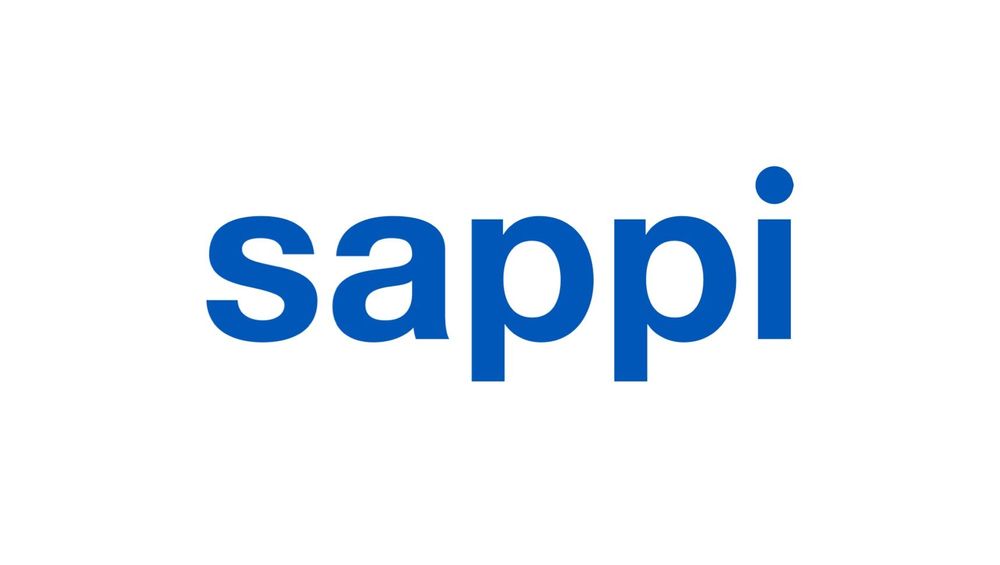Sustainability Report: Reduce, Reuse and Recycle
The classic waste minimization hierarchy revolves around “the three Rs”—Reduce, Reuse, Recycle.
We fully embrace the concept of waste minimization across the supply chain—from the way we design our products and run our operations to the end of life of products and packaging materials that we deliver to our customers.
Reduce
At Sappi, one of our five-year goals is centered on the efficient use of raw materials. Simply put, we strive to minimize waste within our operations. Reduction of waste not only reduces impact and costs associated with landfills, but also creates savings on material costs. In addition to conserving materials in our own operations, we work across the supply chain to help educate paper buyers about design and paper choices as well as delivery options that can reduce waste.
Reuse
In our release papers business, our products are used as part of the manufacturing process to impart textures on decorative surfaces. Many of the processes are roll-to-roll systems where our release paper is unwound, used as a casting surface and then rewound for subsequent use. Much of our Research & Development efforts are targeted at increasing the level of reuse for various systems.
Recycle
Our newest product offering, dissolving pulp, provides the feedstock for viscose staple fibers which ultimately are converted to textiles. Clothing and other textile products are designed for durability and reuse but at the end of their useful life can be recycled. Unfortunately, there is a general lack of awareness about textile recycling. The US EPA reports that textiles compose roughly 5 percent of municipal solid waste generation and that in 2011 only 15 percent of textiles were recovered for recycling. In 2013, our Cloquet Mill partnered with Goodwill Industries to conduct a clothing drive among employees. Collected goods were sorted for suitable use and either resold or recycled.
While our release papers are made with durable coatings, they can be recycled in some systems. All of our waste product generated on-site at the Westbrook Mill is either pulped and used in tissue and towel grades or processed in a facility with robust cleaning systems (such as a deinking facility).
All of Sappi’s coated fine papers are recyclable. However, industry data indicates that the printing and writing segment tends to lag behind other grades in regard to recycling rates. For example AF&PA data for 2012 reports an outstanding 91 percent recovery rate for old corrugated containers while the printing and writing segment captured only 54.5 percent. For this reason, Sappi is dedicated to recycling outreach and education. From sponsoring local organizations to participating in national initiatives, we strive to reach a broad range of stakeholders. Recycling outreach is a core of our Sustainability Ambassadors’ community engagement efforts.
While everyone agrees that recycling is the right thing to do, the use of recycled fiber is not well understood by many stakeholders. How we, as an industry, put fiber to use is not a simple one-size-fits-all solution. As reported in our 2012 Sustainability Report, our own cradle-to-gate life cycle analysis has shown that adding recycled content to our products actually raises the carbon footprint of those products.
Recovered fiber markets are complex and are not well served by regulations or prescriptive approaches that specify the use of recycled fibers or dictate what type of recovered fiber is used in products. As such, Sappi opposes recycled content mandates or policies that restrict trade flows of recovered paper.
While we currently use only recycled fiber derived from post-consumer sources, the distinction between pre- and post-consumer content is not meaningful from an environmental perspective. Because of the labeling requirements within forest certification programs, we have continued to use post-consumer fiber. We support the notion of modifying standards to eliminate this distinction.
Waste to Energy
The pulp and paper industry has historically used by-products generated on-site as fuel sources (such as bark and black liquor). However, these energy sources are typically not sufficient to power the entire mill complex and as such most mills still rely on fossil fuels. At Sappi we have reduced our use of traditional fossil fuels by seeking out alternative energy sources including reclaimed oil, construction and demolition wood and tire-derived fuel. These sources are cost-effective for the mills and by converting waste streams to energy, less waste goes to landfill. Since 2009, our consumption of alternative fuels has more than doubled, increasing from 830 to 1,725 terajoules/yr.
Read the full SFPNA Sustainability Report 2013 by downloading an online PDF version directly from our website here or for more on sustainability, check out our eQ microsite at: http://www.na.sappi.com/eQ/index.html



